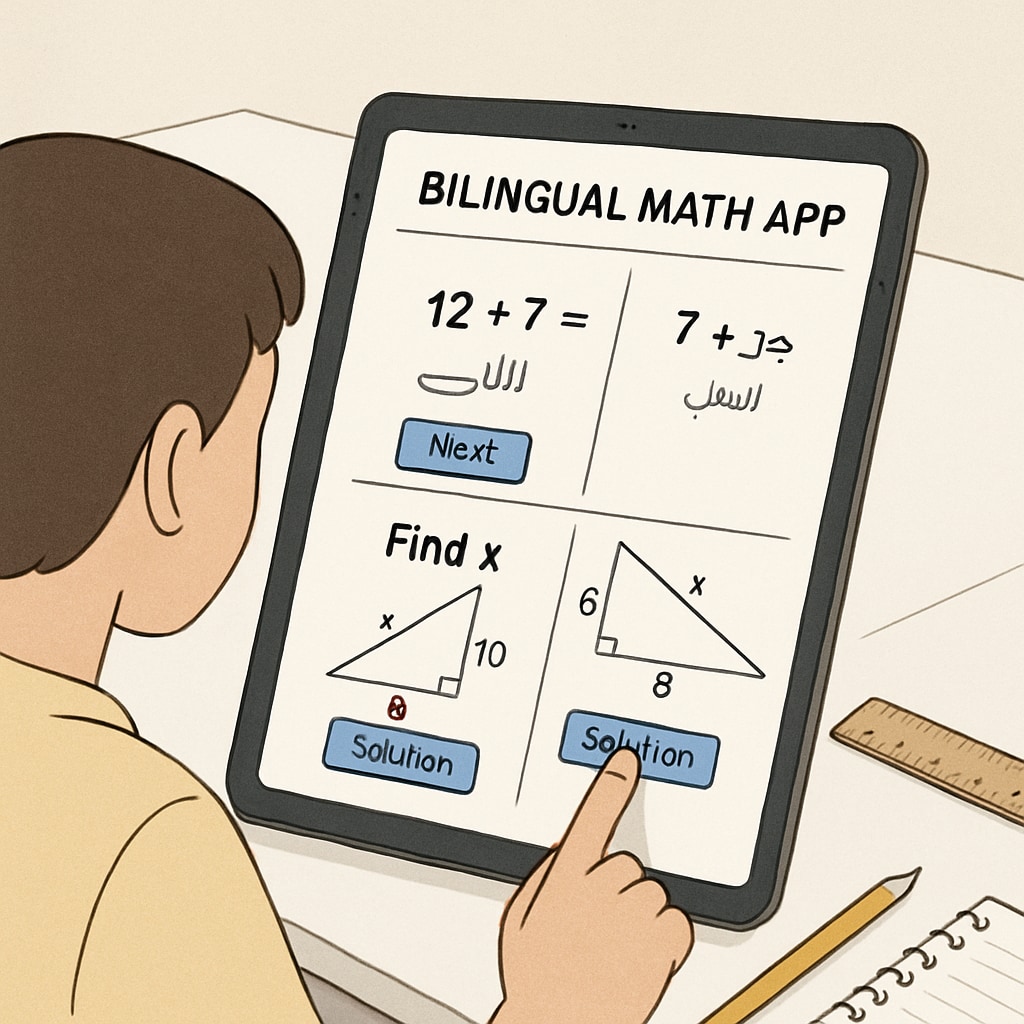High school math presents significant challenges for students, especially in their final year when complex concepts and problem-solving skills are emphasized. This article explores these challenges and investigates how innovative Arabic teaching methods can provide effective support for students from diverse cultural backgrounds. By addressing barriers in comprehension and engagement, educators can foster a more inclusive and effective learning environment.
Understanding High School Math Challenges
High school math curricula often include advanced topics such as calculus, trigonometry, and statistics. These subjects require strong analytical skills and a deep understanding of foundational principles. Many students struggle with transitioning from basic math to abstract concepts, particularly when faced with time constraints and exam pressure.
Key challenges include:
- Conceptual Gaps: Students may lack a solid grasp of fundamental principles, making advanced topics more difficult to understand.
- Cultural Barriers: For students from non-native language backgrounds, math terminology and instructions can be confusing.
- Engagement Issues: Traditional teaching methods may fail to capture students’ interest, leading to reduced motivation.

Arabic Teaching Innovation and Its Role in Math Education
Arabic teaching innovations have shown promise in addressing barriers faced by students from diverse linguistic and cultural backgrounds. By integrating bilingual learning strategies, educators can bridge the gap between language comprehension and mathematical understanding.
For example:
- Bilingual Instruction: Providing math lessons in both Arabic and the primary language of instruction helps students grasp concepts more effectively.
- Interactive Learning: Tools such as digital apps and gamified platforms can make complex topics more engaging.
- Cultural Context: Incorporating culturally relevant examples can enhance relatability and interest in mathematical applications.
These approaches not only improve comprehension but also foster a sense of inclusivity, encouraging students to participate actively in their learning journey.

Enhancing Math Education Through Multicultural Innovation
In light of the challenges outlined above, educators must rethink traditional approaches to high school math teaching. Multicultural innovation, including Arabic teaching methods, can play a pivotal role in transforming math education for diverse classrooms.
Suggestions for educators include:
- Professional Development: Teachers should receive training in multicultural and bilingual education strategies.
- Collaborative Learning: Promote peer-to-peer learning among students from different cultural backgrounds.
- Resource Development: Develop materials that incorporate multilingual explanations and culturally relevant examples.
As a result, students not only overcome math challenges but also gain valuable cross-cultural communication skills.
For more information on the importance of multicultural education, visit resources such as Multicultural Education on Wikipedia and Multiculturalism on Britannica.
By adopting innovative teaching methods, educators can help students break through barriers, achieve mathematical success, and build confidence for future academic pursuits.
Readability guidance: This article uses concise paragraphs, lists, and transition words to ensure clarity. It maintains a balance of active and passive voice while limiting excessive jargon to make the content accessible to a broad audience.


